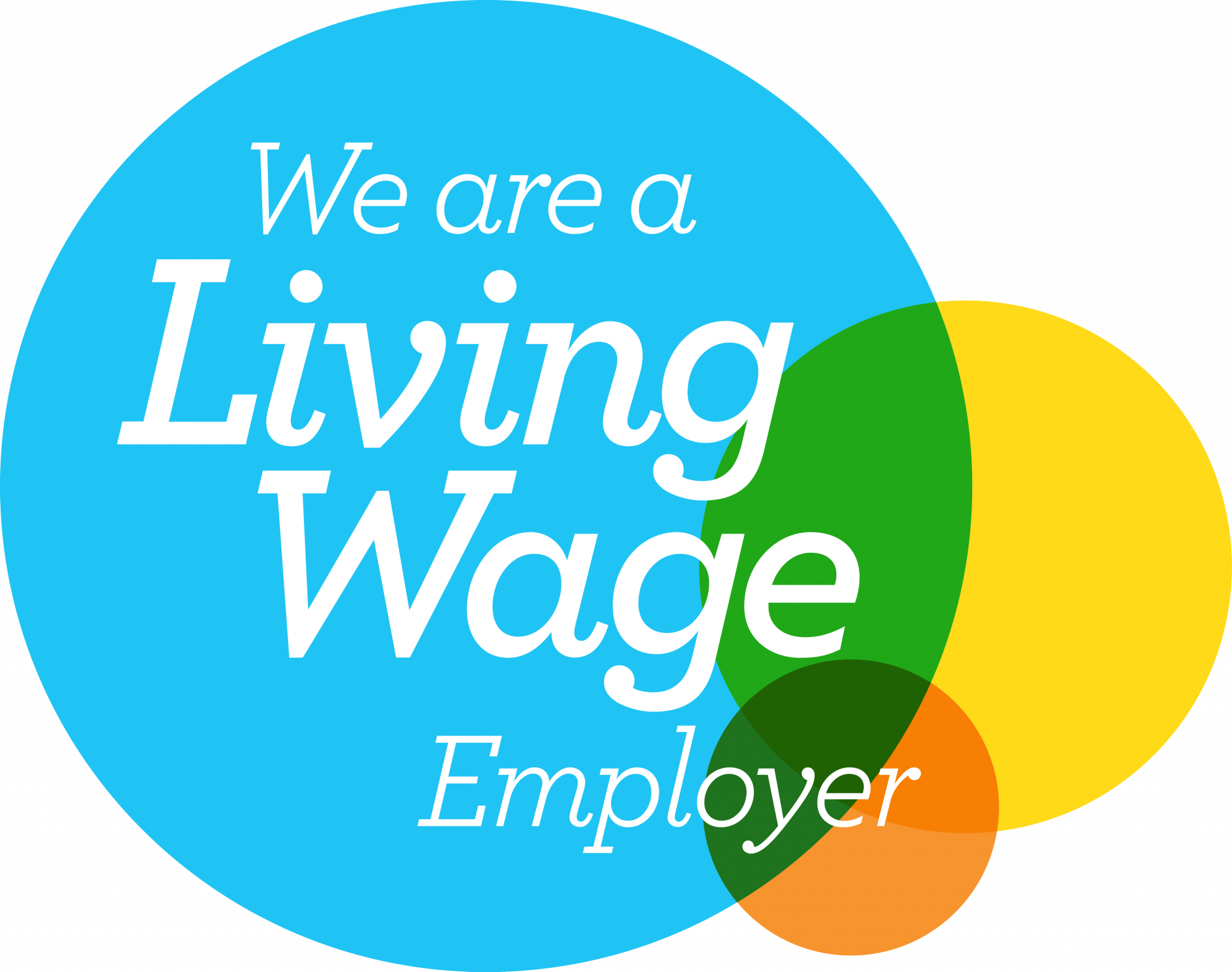Stretch film is a crucial component of the modern supply chain, serving to protect and secure goods during transportation and storage. However, its excessive use can lead to increased costs and environmental concerns.
In this blog, we will explore a strategic approach to reducing both plastic consumption and costs associated with stretch film while minimising trial downtime. By following these steps, your organisation can achieve substantial savings and contribute to a greener future.
Step 1: Debunking the Myths
The first and foremost step in optimising stretch film usage is to challenge common misconceptions. Many believe that a thicker film is necessary to secure loads effectively and prevent damage during transit. However, this belief is often misguided. It’s crucial to understand that thickness does not always equate to puncture resistance. Instead of merely opting for thicker film, explore alternatives that offer both strength and cost-efficiency.
One solution that has gained traction in recent years is SURGE Film. With over 300 factories across the nation using it, SURGE Film has a proven track record of addressing various challenges faced by industries like yours. By choosing an innovative and reliable stretch film, you can significantly reduce plastic usage without compromising load security.
Furthermore, collaborating with an organisation that can provide evidence of successful projects similar to your own can expedite the cost-reduction process. Learning from the experiences of others can help you gain the trust of your stakeholders and make informed decisions.
Step 2: Engaging with Line Operators
The backbone of any successful stretch film optimisation project is the engagement of line operators. These individuals possess invaluable insights into the specific needs of your packaging line. They understand the nuances of your loads and can identify where your current film might be susceptible to snapping or other issues.
Surprisingly, many organisations are unaware that film snaps are occurring on their packaging lines regularly. Engaging with line operators allows you to uncover these hidden challenges and address them head-on. By eliminating film snaps and other issues, you not only reduce plastic waste but also enhance the overall efficiency of your operations.
Step 3: Partnering for Sustained Success
Choosing the right partner is paramount when embarking on a stretch film optimisation journey. Look for a company that specialises in your industry and has a well-defined plan for sustained success. A partner with expertise in stretch film can offer valuable insights and solutions tailored to your unique needs.
Bridge Johnson is one such partner that goes the extra mile to ensure your project’s success. We specialise in the stretch film industry and provide real-time trial availability, allowing you to minimise downtime during the optimisation process. Our meticulous data collection, involving up to 69 data points per trial, ensures that your project progresses smoothly without encountering unexpected roadblocks.
Conclusion
Reducing plastics and costs associated with stretch film is not just a goal; it’s a necessity in today’s environmentally conscious world. By following a strategic approach that includes debunking myths, engaging with line operators, and partnering with a trusted company like Bridge Johnson, you can achieve significant savings and make a positive impact on the environment.
Embracing innovation and challenging conventional wisdom are key to unlocking cost-efficiency and sustainability in your packaging operations.
So, take the first step today and explore the possibilities of optimising your stretch film usage. Your cost-saving and carbon-reduction goals for 2024 might be closer than you think.
To discuss your packaging optimisation requirements, please get in touch.








